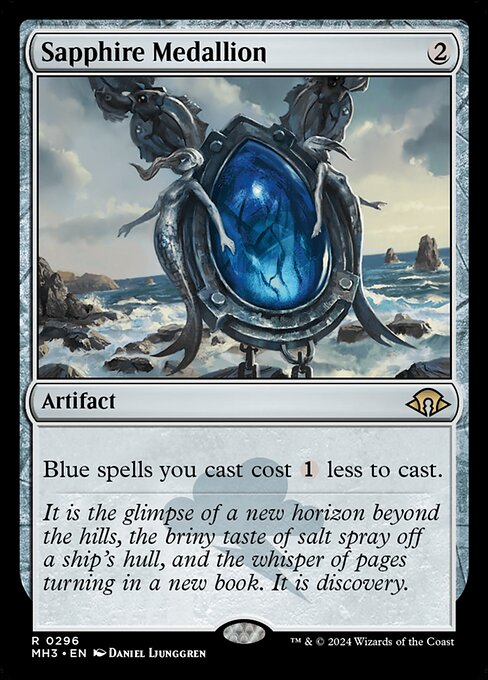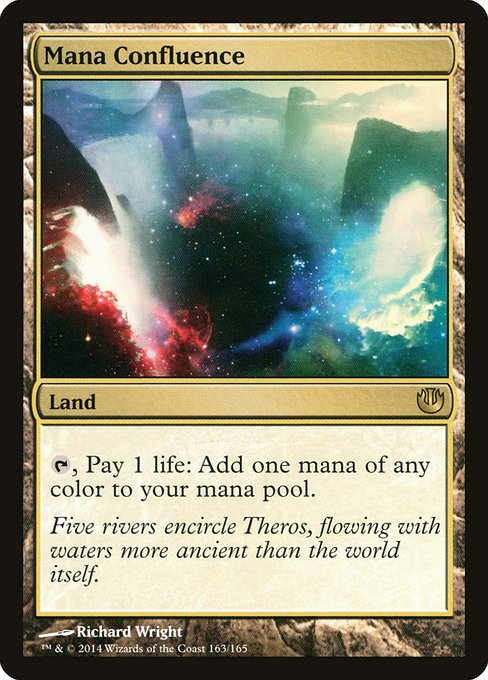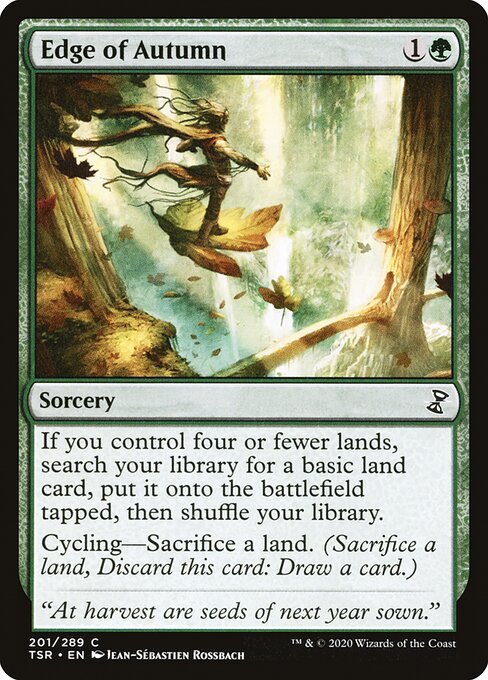Deck & Commander Strategies

Tidus, Blitzball Star
Builds board presence through artifact creatures to grow itself and control the board by tapping down opposing creatures during combat.

Hermes, Overseer of Elpis
Generates flying bird tokens by casting noncreature spells and aims to overwhelm opponents with a large, evasive token army.

Sin, Spira's Punishment
Leverages landfall and graveyard interactions to exile permanents and create tapped copies, rebuilding board presence and applying pressure with a voltron finisher.

Hraesvelgr of the First Brood
Uses flying creatures and noncreature spells to make creatures unblockable, pushing through damage and controlling combat.
Gameplay Insights
- 1
The use of Sin's land sacrifice and graveyard exile ability to create tapped copies was pivotal, enabling multiple threats to enter the battlefield simultaneously.
- 2
Hermes capitalized on casting many noncreature spells to generate a steady stream of flying tokens, forcing opponents to prioritize aerial defenses.
- 3
Tidus maintained pressure by growing through artifact synergy but needed to be cautious with open mana to avoid losing key creatures to counterspells.
- 4
A well-timed counterspell stopped a potentially game-changing Consecrated Sphinx, illustrating the importance of interaction in a midrange board state.
- 5
Players respected the blue-based decks’ countermagic capabilities, often choosing to hold back plays or respond cautiously to avoid losing tempo.
Notable Cards
-

Sapphire Medallion
-

Springbloom Druid
-

Consecrated Sphinx
-

Mana Confluence
-

Edge of Autumn
-

Mana Leak
Gameplay Summary
The game began with all players setting up their mana bases and early board presence, highlighting a mix of strategies centered around artifact synergy, token generation, land recursion, and voltron-style combat.
Tidus focused on leveraging artifact creatures to grow himself and tap opposing creatures, while Hermes aimed to swarm the battlefield with flying bird tokens from casting noncreature spells.
Sin utilized a unique landfall recursion mechanic to copy permanents from his graveyard, generating multiple board threats, and Hraesvelgr tried to push through with evasive creatures and unblockable damage by casting noncreature spells. A key turning point came when Sin effectively utilized his graveyard and land sacrifice abilities to create copies of lands and other permanents, establishing a formidable board state that pressured opponents.
Meanwhile, Hermes’ token generation added an aerial threat that demanded attention.
Tidus’ artifact synergy allowed for incremental growth and disruption but required protective plays to survive.
The players carefully navigated counterspells and removal, with a notable moment where a counterspell was used to stop a powerful flying creature that could draw cards and potentially snowball.
The game’s pace was a balance of building boards and interaction, with Sin’s ability to remake the dream through land recursion emerging as a central theme.
The match appeared to revolve around managing these expanding threats and leveraging key spells to maintain tempo and control.



























